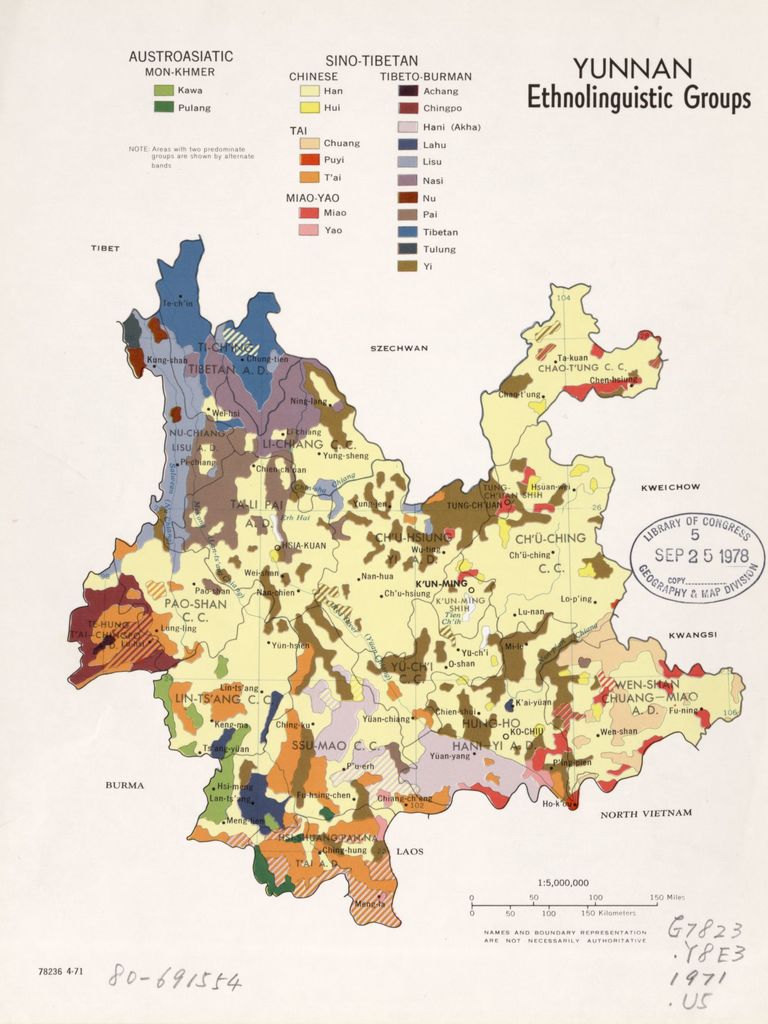
Many of you may not be familar with the term 'cultural geography', or have even never heard of it. However, matters of cultural geography actually penetrate every bit of our life. To pin down what cultural geography is about, let us consider the two more commonly known words that make up of this term, ‘culture’ and ‘geography’.
What is Culture?
‘Culture’ is often a confusing notion to many people because it can be understood both narrowly and broadly. In a narrow sense, culture refers to the ideas, beliefs and attitudes which define the shared way of living of a group of people. An example of culture in this sense is the emerging idea that eating meat is unethical. Culture is viewed as a distinct sphere of life, separate from other spheres such as the political, economic, environmental and so on (Price, 2010: 635).

‘Meat is murder’, Barcelona, Spain (Photo by Bartek Miskiewicz / CC BY-ND 2.0)
However, culture can also be thought in a broader sense as ‘what humans do’ (J. Anderson, 2015: 6). It is not just about the abstract thoughts which regulate our lives, but also about the objects and actions which symbolise, reflect and consolidate these thoughts. These objects and actions are known as traces of culture. In this sense, the growing business of vegetarian restaurants which do not serve meat is not only an economic phenomenon but is also a cultural one. These restaurants are traces of the culture of meat consumption as an unethical practice. Culture in this sense is not independent from politics, the economy or the environment, ‘but influences (and is influenced by) them all’ (J. Anderson, 2015: 6).
What is Geography?
Geography is the study of the world with a distinctive focus on the ‘whereness’ of different phenomena. This notion of ‘whereness’ is sometimes mistaken as to mean that geographers are only concerned with where a phenomenon is found. This is not true. In fact, geographers are equally concerned with why a phenomenon is found at where it is.
To answer this question, geographers propose that ‘things, ideas, practices, and emotions all occur in a context’ (J. Anderson, 2015: 3). By ‘context’, they refer to the wide range of features that parcel up a phenomenon and influence it. Examples of these features include laws, climate and built environment. To geographers, it is the variation of contexts across space that explain why certain phenomena are only found in some places. They are interested in what produces these contexts and what effects these contexts have.
The importance context lies in how it promotes some actions while suppressing others. Consider the case of jogging in different places. It is generally free for us to jog in parks because the regulatory context we are in, i.e. the bylaws of parks, usually do not prohibit running. However, we are likely to be told off for jogging in a cinema because our act contradicts the regulatory context of a cinema, which requires people to keep quiet.
A Cultural Geography Approach
Following from above, cultural geography is the study of ‘the intersections of context and culture’ (J. Anderson, 2015: 6). A cultural geography approach brings the interest of geography about context to bear upon culture, while highlighting the importance of culture to how space is shaped.
On the one hand, cultural geographers think spatially about culture (K. Anderson et al., 2003: 6). They want to map out and explain the diversity of culture across space. They are interested in why certain kinds of food, music or clothing are only found in some parts of this world. This involves thinking about how these cultural traces are produced through the interaction of people – or more specifically their ideas – and the contexts they are in.

Mapping helps us understand cultural diversity of a place (Photo from PICRYL) / Public Domain)
On the other hand, cultural geographers also think culturally about space (K. Anderson et al., 2003: 6). They want to reveal and account for the cultural significance of particular sites and landscapes. They are interested in why certain buildings, streets and mountains are imbued with special meanings. They take culture as the context which powerfully influences the ways people think of, feel about and physically transform space at a specific location.
In short, culture literally takes place – occupying certain space and giving it distinctive appearances and identities. In other sections of this website, we shall adopt this cultural geography approach to unpack how the tapestry of Chinese culture has been woven.
References
Anderson, J. (2015). Understanding cultural geography: Places and traces (2nd ed.). Routledge.
Anderson, K., Domosh, M., Pile, S., & Thrift, N. (2002). A rough guide. In K. Anderson, M. Domosh, S. Pile, & N. Thrift (Eds.), Handbook of cultural geography. SAGE Publications.
Price, P. L. (2010). Cultural geography. In B. Warf (Ed.), Encyclopaedia of geography (pp. 634–640). SAGE Publications.


